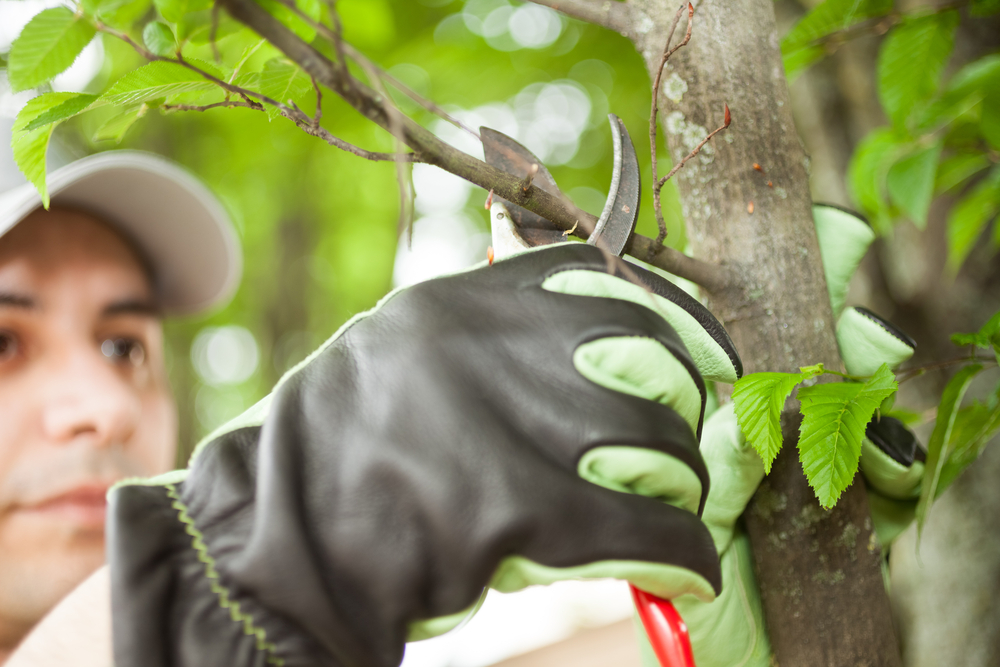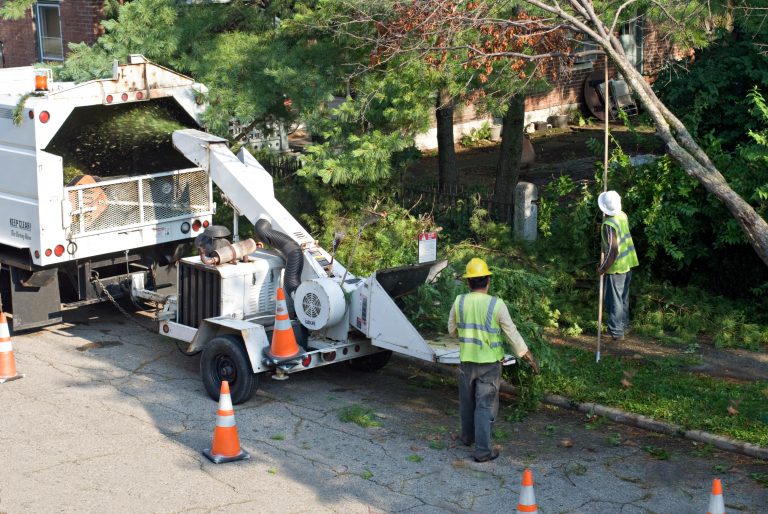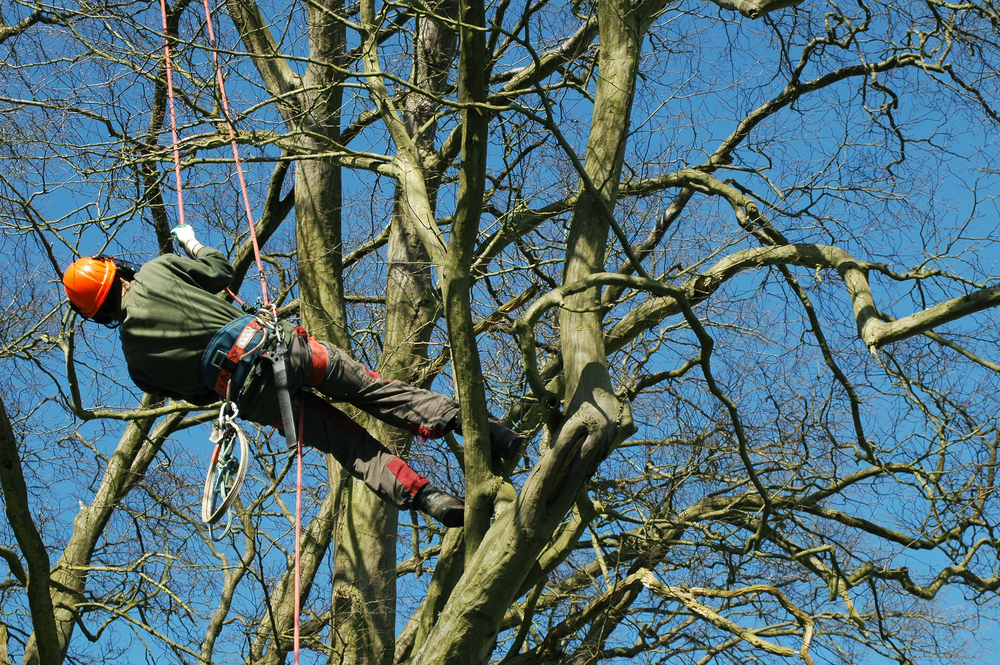Tree Company in North Great River, NY
Located in North Great River, NY, Miguels Tree Service is a trusted tree company dedicated to providing top-quality tree services to residents and businesses. With expertise in tree care and maintenance, we strive to ensure the health and longevity of your trees while delivering exceptional customer satisfaction.
Our OUTSTANDING Reviews

Verified Google Review Read More
We had a big tree branch break off and fall into our yard during the last storm. In addition to calling this tree stump removal service to remove it, we made the decision to take down the entire tree including the stump. We decided to take the safe route and have it removed because it was growing too large and threatening our house. This team of experts is highly recommended!

Verified Facebook Review Read More
Miguel was found by my wife on Angie’s list. He came the next day gave us an excellent price, and he and his crew did the work the next weekend.
He went above, and beyond what I had expected for the prize he gave us. I am more than satisfied and highly recommend him. I do not usually review companies however, Miguel is tops!!! I plan on using him again in September. Thank you again to you and your workers. Rob Ginsberg

Verified Review Read More
They were very nice. They’re definitely tree trimming professionals. They completed two branch removals at good prices and a great cleaning and removal. They were ready when you’re ready and their prices are god.

Verified Review Read More
They cleaned up after the project . Miguel kept me informed as to when he was available to do the tree work.
View our work
Browse all Services
contact us
Expert Tips for Maintaining Healthy Trees in North Great River, NY: Insights from a Professional Tree Company

Suffolk County’s Top-Rated Tree Service Provider
Welcome to Miguels Tree Service, your trusted tree service provider in North Great River, NY. With our team of skilled arborists and dedication to excellence, we specialize in maintaining healthy trees and enhancing your outdoor spaces. Whether you need tree pruning, pest management, or risk assessment, trust us to deliver exceptional results. Contact Miguels Tree Service today at 631-910-7542 and let us take care of all your tree service needs. Your trees deserve the best care, and you can count on our tree company to provide it.
Certified Arborists:
Our team consists of certified arborists with extensive training and expertise in tree care practices.
Customer Satisfaction Guarantee:
We are committed to ensuring your complete satisfaction with our services, from initial consultation to project completion.
State-of-the-Art Equipment:
We utilize cutting-edge equipment and techniques to deliver efficient and high-quality tree care solutions.

Tree Care Tips from the Experts at Miguels Tree Service
Are you looking to keep the trees on your property in pristine condition? As a leading tree company serving North Great River, NY, Miguels Tree Service is here to offer invaluable insights and professional tree services. Maintaining healthy trees is crucial for the aesthetics, safety, and environmental well-being of your surroundings. To ensure your trees stay in top shape and thrive year-round, read on to discover our expert tips.
- Regular Pruning for Tree Health and Structure
Proper pruning is essential for maintaining the health and structural integrity of your trees. Our skilled arborists recommend scheduling regular pruning sessions to remove dead or diseased branches, promote optimal growth, and enhance the overall health of your trees. By eliminating weak or overgrown branches, you can prevent potential hazards and prolong the lifespan of your trees.
- Adequate Watering and Soil Care
Ensuring your trees receive sufficient water and nutrients is fundamental to their well-being. Our tree service experts advise homeowners to monitor soil moisture levels regularly, especially during dry spells or hot weather. Additionally, applying mulch around the base of your trees can help retain moisture, regulate soil temperature, and suppress weed growth, promoting healthy root development.
- Pest and Disease Management Strategies
Protecting your trees from pests and diseases is paramount in maintaining their vitality. Miguels Tree Service offers comprehensive pest and disease management services to safeguard your trees against common threats. From routine inspections to targeted treatments, our team employs effective strategies to mitigate risks and preserve the health of your valuable green assets.
- Seasonal Maintenance and Tree Care Practices
Each season brings unique challenges and requirements for tree care. Whether it’s pruning in the winter, fertilizing in the spring, or inspecting for pests in the summer, Miguels Tree Service can help you develop a tailored maintenance plan to suit your trees’ specific needs. Our seasonal tree care services are designed to promote growth, prevent damage, and ensure your trees remain vibrant and healthy throughout the year.
- Professional Tree Inspection and Risk Assessment
Regular tree inspections conducted by certified arborists are crucial for identifying potential hazards and addressing them promptly. Miguels Tree Service offers thorough tree risk assessments to evaluate the health, stability, and structural integrity of your trees. By identifying and mitigating risks such as weak branches, root decay, or structural defects, we help minimize the likelihood of tree-related accidents and property damage.

Your Trusted Tree Company in North Great River, NY
At Miguels Tree Service, we are committed to providing superior tree care services tailored to meet your needs and exceed your expectations. With our team of experienced arborists, state-of-the-art equipment, and dedication to customer satisfaction, you can trust us to keep your trees healthy and beautiful for years to come.
For expert tree service in North Great River, NY, contact Miguels Tree Service at 631-910-7542 today! Let the professionals at our tree company help you nurture and preserve the natural beauty of your landscape.
Have a question?
North Great River is a hamlet and census-designated place (CDP) in the Town of Islip, in Suffolk County, on Long Island, in New York, United States. The CDP population was 4,001 at the 2010 census. The hamlet is served by the Islip Terrace Post Office (11752).
Local Resources
Useful links for North Great River, NY
- Open a North Great River, NY map
- Find the North Great River, NY United States Post Office
- Locate nearby North Great River, NY pharmacies
- View the current North Great River, NY weather report
- Browse a list of North Great River, NY public and private schools
- North Great River, NY is located in Suffolk county in New York State
Contact us today at 631-910-7542 for expert tree services in North Great River, NY.
